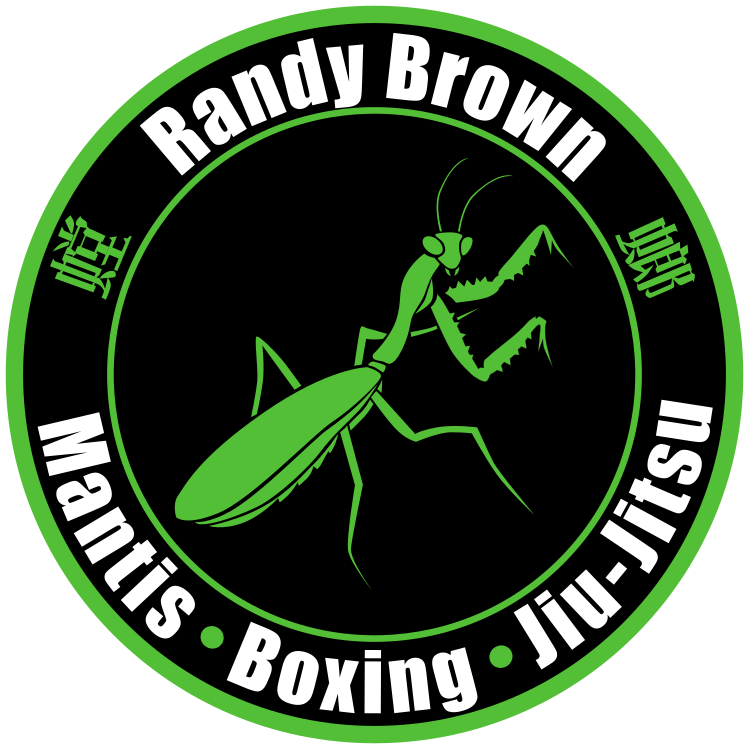Hook vs Circle Punch - What's the Difference?
What's the difference between a Hook Punch and a Circle Punch? Are they really that different? Yes, and yes.
The Hook Punch is used at a closer range, similar to an uppercut. It works well when you are striking in tight, or engaged in a Clinch (Lǒu 摟). In here, a long range strike will extend beyond my opponent. We position the arm in a tighter hook shape to help land on our targets such as the temple, kidney, liver, ribs, stomach, and jaw.
The technical position when throwing a hook punch is critical. When bare knuckle striking, there are no wraps to support the wrist, so technique has to be spot on in order to prevent breaks, sprains, and fractures in our own hands/wrist.
The wrist is held in a straight line, and we use the transverse core rotation of the upper torso to connect the punch, versus extending the arm and bending the wrist which is dangerous to our own hand. Thumb position is up.
When the range to our opponent is further out, and we are still throwing straight punches, this is where the Circle Punch really shines. It allows us to attack the side doors as well as down the middle; utilizing the principle of - Randomized Striking.
Connecting with a Circle Punch has the added benefit of increased power generation through a looser whipping action. The punch is thrown relaxed; the arm builds up speed before connecting. If this impacts the temple, jaw, occipital lobe, bracchial nerve, or ear, it can have devastating consequences.
Because of this, when our opponent sees a Circle Punch steaming for the side of their head, they are more likely to open the center doors trying to defend; thereby allowing our other punches to land.
The hand position for the Circle Punch is wrist straight, thumb pointing down.
Timestamps:
0:42 - Technique
4:12 - Pad Drills - Hook Punch
5:29 - Pad Drills - Circle Punch
6:12 - Bag Drills
6:44 - Bag Drills - Circle Punch
7:10 - Bag Drills - Hook Punch
Gear
You can find some of the items we use in the video by following our affiliate links:
Assassin Pads
Punching Bag
Gloves
